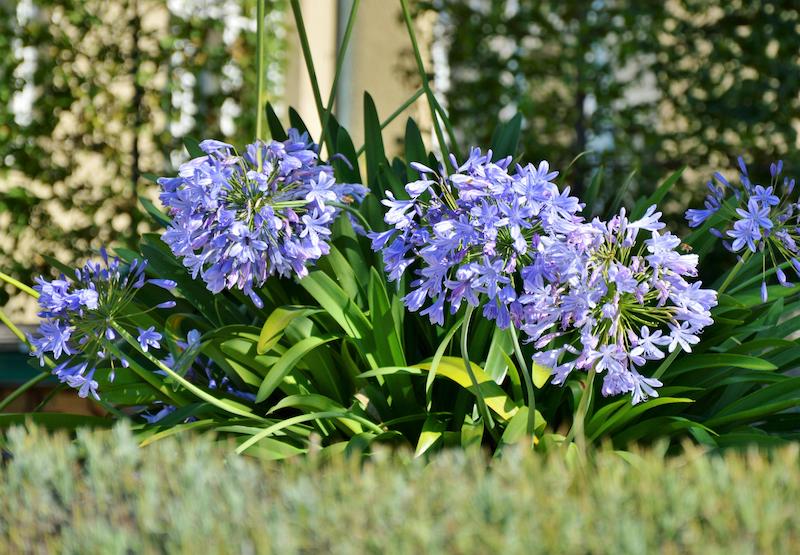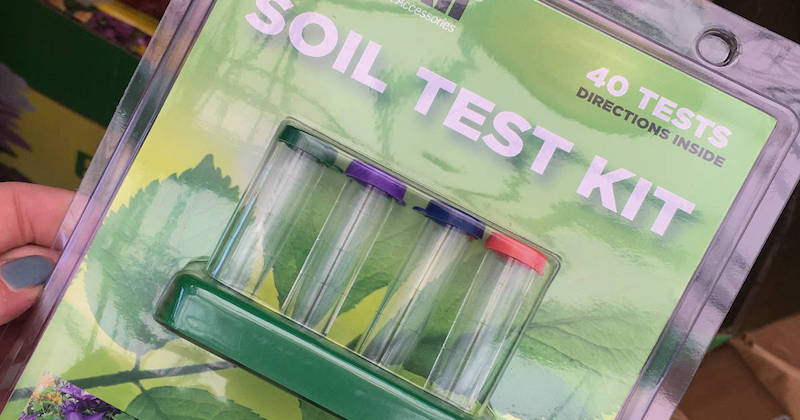Agapanthus can benefit from regular feeding during the growing season. If your soil is already rich in nitrogen and potash, fertilizer is probably not necessary. However, if your soil is lacking some of these essential nutrients, consider using a soluble fertilizer, high in potash. Potash helps with bud formation and can boost the blooming power of your agapanthus. Avoid formulas high in nitrogen, which promotes foliage growth at the expense of flowering.

How to Fertilize Agapanthus
Before you apply fertilizer to any plant, test your soil for nutrient levels to give you a better idea of which formula to use. If your soil is highly fertile, fertilizer is not likely to improve the health or flowering of the plant. If you have poor soil, choose a well-balanced 10:10:10 NPK all-purpose fertilizer. Potted agapanthuses require more feeding than those in the ground because pots have no way to replenish their nutrients. Look for rose or water-soluble tomato feeds with high potassium (potash), which promotes bud formation.

Best Time To Fertilize Agapanthus
The best time to fertilize is in spring, when the agapanthus starts to put on new growth. Apply a water-soluble formula, at half strength, every two weeks until blooming starts. During bloom, reduce the frequency of feeding to once a month. Feeding should stop at the end of the blooming cycle to allow the plant to rest.
Best Fertilizer For Agapanthus
Choose a potash-rich formula to feed your agapanthus. Down to Earth Organic Rose & Flower Fertilizer is a granular formula with a 4-8-4 NPK ratio, which supports healthy growth and boosts flowering. It is organic and easy to apply. JR Peters Jack’s Classic Blossom Booster is another great option to fertilize your agapanthus. It has a high NPK ratio at 10-30-20, so use it sparingly. Lastly, MiracleGro Bloom Booster Flower Food has extra potassium with a 15-30-15 ratio. This fertilizer gets great online reviews, and a little goes a long way.
Agapanthus Fertilizing Tips
- Test your soil for fertility
- Apply a potash-rich formula twice a month, starting in spring
- Reduce feeding to once a month during blooming
- Stop feeding in the fall to allow the plant to rest
Warnings
-Always wear protective gloves and a face mask when handling chemical fertilizers.
-Closely follow all directions and storage guidelines that are on the fertilizer label.
 |
Author Jessica Mercer - Published 6-29-2022 |
